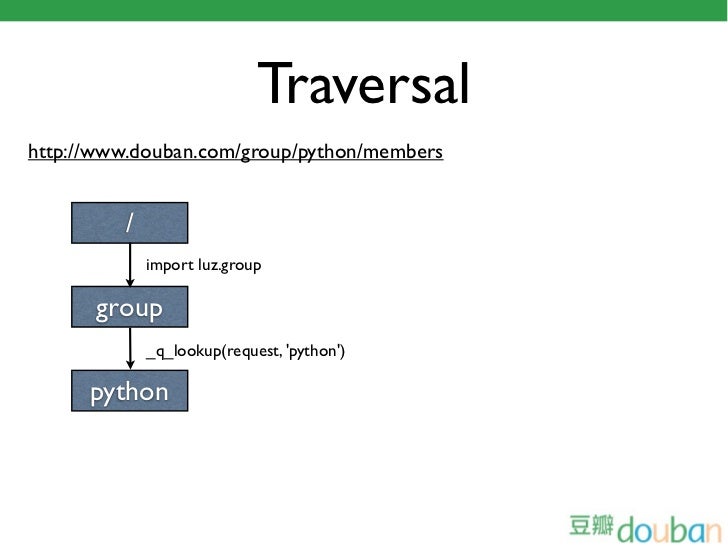
Typically, a version number is given as a tuple of three numbers, often referred to as.

Python’s versioning scheme resembles semantic versioning, but with some crucial differences. Some of the most popular systems are calendar versioning and semantic versioning.

In this tutorial, you’ll focus on Python bugfix versions and the importance of that third number.įor any developer, designing a versioning scheme and interpreting the corresponding version numbers is its own little art form.

You may have noticed that Python versions have three numbers-for example, 3.10.8. If you’ve been hanging out in the Python community for a while, you may remember discussions about Python 2 vs Python 3, or you may have seen versions like Python 3.10 and Python 3.11 released with some fanfare.


 0 kommentar(er)
0 kommentar(er)
